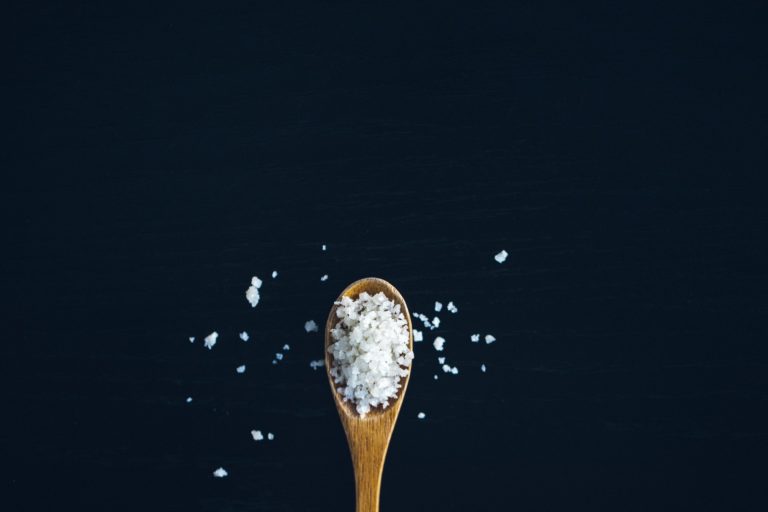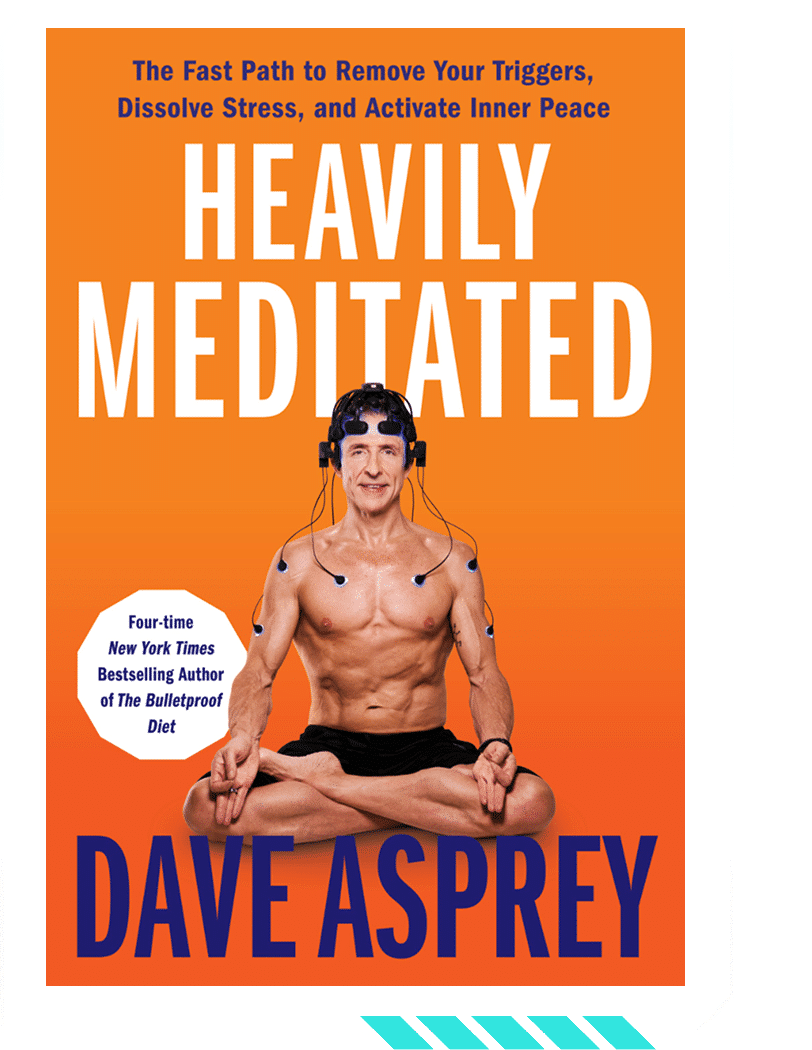
Salt. It’s one of the smallest ingredients in your kitchen, but it’s got one of the biggest impacts. You may have been told that salt is bad for you, but it’s actually a crucial ingredient in our diets. However, not all salt is created equal.
Health Benefits of Salt:
If your body is an engine, salt is essentially the battery.
Salt plays a crucial role in keeping our body functioning properly. When we exercise and when we are hot, salt’s role becomes even more fundamental. It maintains the balance of our fluids, which carry oxygen and nutrients around the body. True hydration is the combination of salt and fluid, playing a critical role in physical and cognitive performance. It takes as little as a 2.5% water loss through sweat or urination to impair your capacity to perform tasks optimally.
Diving further into the details, the two elements of salt – sodium and chloride – directly support a variety of vital functions:
· Sodium enables the transmission of nerve impulses around the body and regulates the electrical charges moving in and out of the cells; it also helps our muscles, including our heart, to contract and send signals to the brain
· Chloride is key to aiding digestion by preserving the body’s acid-base balance and helping blood to carry carbon dioxide from respiring tissues to the lungs for exhalation.
Without enough salt, our bodies cannot perform properly. Clear symptoms of insufficient salt include muscular weakness, muscular cramps and in the extreme, heat exhaustion and heat cramps. Severe salt deprivation can even prove fatal.
Quality of Salt Matters:
The salt trade was an historical period in time, before salt deposits were found to be readily available around the world. Merchants would travel far and wide selling salt to villages. Salt was mainly used as a means for preservation, and it represented great power and value.
Fast forward through industrialization and, just like so much of the food industry, the quality of salt production is now in crisis. An ancient commodity in high demand, the vast majority of salt in the 21st century is either extracted in an environmentally destructive way or is highly processed, demineralised and contaminated.
So, What Salt Do You Choose?
The King of industrial salt would be Table Salt. Originally derived from sea salt, table salt is highly refined and often bleached. Processing table salt includes stripping it of its essential minerals & trace elements, and adding various free flow chemicals and anti-caking agents, which are toxic to the body. Anti-caking agents stop salt from absorbing moisture, which is an intrinsic quality and a vital purpose of salt for optimal health and hydration.
Sea Salt in theory should be a healthy option in its pure and natural form. Through years of human pollution, the ocean itself and all its species have been contaminated with plastic, which breaks down into micro-beads. These microplastics are now found in the salt that is harvested from the sea. In fact, according to a report by Scientific American, “the highest level of plastic contamination was found in salt sourced from the ocean. The researchers measured more than 1,200 particles of plastic per pound of sea salt.” Recent studies show that 90%-98% of sea salt has been tested to contain plastic particles.
Himalayan Salt: Thank you Himalayan salt for pioneering the narrative on mineral rich salt choices. Through its beautiful and appealing pink color and outstanding marketing initiative, Himalayan Salt made salt sexy, opening the door for conscious consumers to rethink the salt on their tables. Further driving the success of Himalayan Salt, consumers desperately needed to stop eating table salt, with their bodies craving the essential minerals & trace elements naturally found in unrefined salt.
Putting this romantic story into perspective, while most people visualize this pink grain to radiate out the majestic Himalayan Mountains, this salt is in fact primarily sourced in Pakistan. It is also important to note that the source for Himalayan Salt is non-renewable and that it is extracted using dynamite, which potentially leaves behind a chemical residue.
Continuing this disappointing tale, while Himalayan Salt is often prized for its pink or brown color (said to contain additional nutritional properties), it turns out the color comes from impurities. The pink comes from helobacterium and algae and the brown color is said to come from accumulations of brine shrimp and other organisms. It turns out that, with pure sodium chloride being white, the pink hue found in Himalayan salt is actually a sign of contamination.
After comparing the standard salt options available, it’s clear that maintaining the integrity of the salt we consume has become almost impossible. That is, until we discovered Oryx Desert Salt sustainably sourced from the remote and pristine Kalahari Desert of Southern Africa.
How Oryx Desert Salt is Different:
Oryx Desert Salt is pioneering a new category of pure, unpolluted and sustainable salt. We believe that Oryx Desert Salt is worth its weight in salt, and here’s why:
1: Oryx Desert Salt is extracted from a pure, unpolluted, 5000 hectare salt pan, situated in the remote Kalahari Desert in Southern Africa, in an uninhabitable area 1,5x the size of Texas.
2: Oryx Desert salt is both renewable and sustainable due to its source: an ancient underground salt lake holding 55 million tons of brine /salt water which is constantly replenished & renewed by three subterranean rivers that flow 100-300ft through ancient Dwyka rock strata, tested at 280 million years old.
3: Oryx Desert Salt is naturally organic and contains all the essential minerals & trace elements balanced perfectly by nature. When the 100% saturated brine/ salt water is laid onto the salt pan, it has not been touched or adulterated by humans – a rare phenomenon on this planet! There are no free-flow chemicals, anti-caking agents or chemical iodine added. Nothing is added, and nothing is taken away.
4: Plastic is a chemical that disturbs the endocrine system in many ways. Microplastics make their way into our body through the use of plastic products. It is for this reason that Oryx Desert Salt uses ceramic grinder heads to avoid plastic from being ground into your food, as well as offering a grinder which is refillable and reusable 20x and more. An Earth-friendly product, and a cost saver too! #RefillNotLandfill
Try grinding Oryx Desert Salt into your next Danger Coffee or adding a pinch to your water to optimize your hydration, sleep and performance. Check out Oryx Desert Salt here and use code 10DAVEVIP for a special discount.









